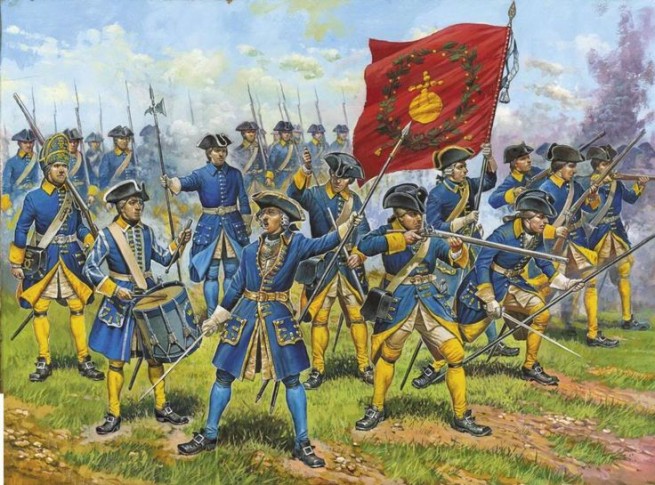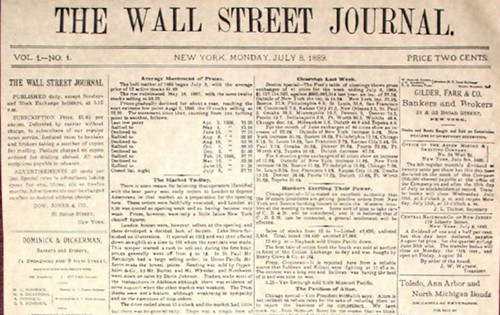The inaugural 1980 State of Origin game is won by Queensland who defeat New South Wales 20–10 at Lang Park.
The State of Origin rugby league series is an annual competition played between the Queensland Maroons and the New South Wales Blues, two representative teams in the National Rugby League (NRL) of Australia. The series is widely regarded as one of the highest levels of rugby league in the world and is known for its intense rivalry and passionate support.
Origin matches are unique in that they feature the best players from each state competing against each other, rather than representing club teams. Players are selected based on their state of origin, meaning they must have been born in Queensland or New South Wales, or have played the majority of their professional rugby league career in either state.
The State of Origin series consists of three matches played on a home-and-away basis. The teams alternate hosting the matches each year, with one game played in Queensland, another in New South Wales, and the third in the state that didn’t host the previous year. The matches are typically played on Wednesday nights, allowing players to return to their club teams for weekend NRL matches.
The State of Origin series has a rich history, with the first match taking place in 1980. Since then, the rivalry has grown significantly, and the matches are considered some of the most fiercely contested and physically demanding in rugby league. The games are known for their hard hits, passionate fans, and high-level performances from some of the sport’s greatest players.
Queensland has been the dominant team in recent years, winning the series multiple times in a row between 2006 and 2013. Led by legendary players such as Darren Lockyer, Cameron Smith, Johnathan Thurston, and Billy Slater, the Maroons established a dynasty during that period. However, New South Wales has had its share of success as well and has been able to regain dominance in recent years, winning several series since 2014.
The State of Origin series has become a significant event in Australian sports culture. The matches draw large television audiences and sell out stadiums, showcasing the passion and pride of fans from both states. The series has also expanded its reach, with occasional matches played in other states and even internationally.
The State of Origin rugby league series is a highly anticipated and fiercely contested event that showcases the best of Australian rugby league talent. It brings together the intense rivalries between Queensland and New South Wales and provides an opportunity for players to represent their state and compete at the highest level.


